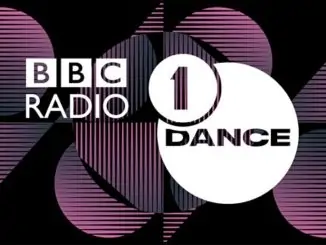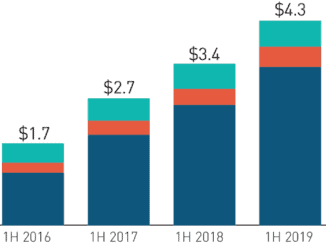
Spotify clarifies its approach to COVID-19 explaining its Platform Rules and the work it has done to promote informational awareness during the pandemic. In a blog posting Daniel Ek, CEO and Founder of Spotify sets out its platform policies in the wake of the disagreements over Joe Rogan’s podcasts which led to Neil Young removing his music from the streamer.
Ek goes on to say that, “You’ve had a lot of questions over the last few days about our platform policies and the lines we have drawn between what is acceptable and what is not. We have had rules in place for many years but admittedly, we haven’t been transparent around the policies that guide our content more broadly. This, in turn, led to questions around their application to serious issues including COVID-19.”
The result is that Spotify has published its Platform Rules and made them available so that there is complete transparency regarding what is and is not acceptable on Spotify. The Spotify Platform Rules can be accessed here.
Ek goes on to say that, “We are working to add a content advisory to any podcast episode that includes a discussion about COVID-19. This advisory will direct listeners to our dedicated COVID-19 Hub, a resource that provides easy access to data-driven facts, up-to-date information as shared by scientists, physicians, academics and public health authorities around the world, as well as links to trusted sources. This new effort to combat misinformation will roll out to countries around the world in the coming days. To our knowledge, this content advisory is the first of its kind by a major podcast platform.”
He also makes the point that Spotify has developed and promoted a global COVID-19 Information Hub and donated funds to the World Health Organization and COVID-19 Vaccines Global Access (COVAX) to increase vaccine equity and supported the Go Give One fundraising campaign.
Following the row with Neil Young, Spotify’s share price took a hit but quickly recovered after Wall Street analysts gave the streamer a ‘Buy’ rating.
The full text of Daniel Ek’s blog can be found here.




